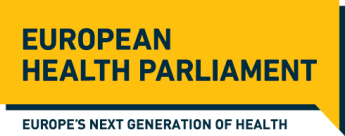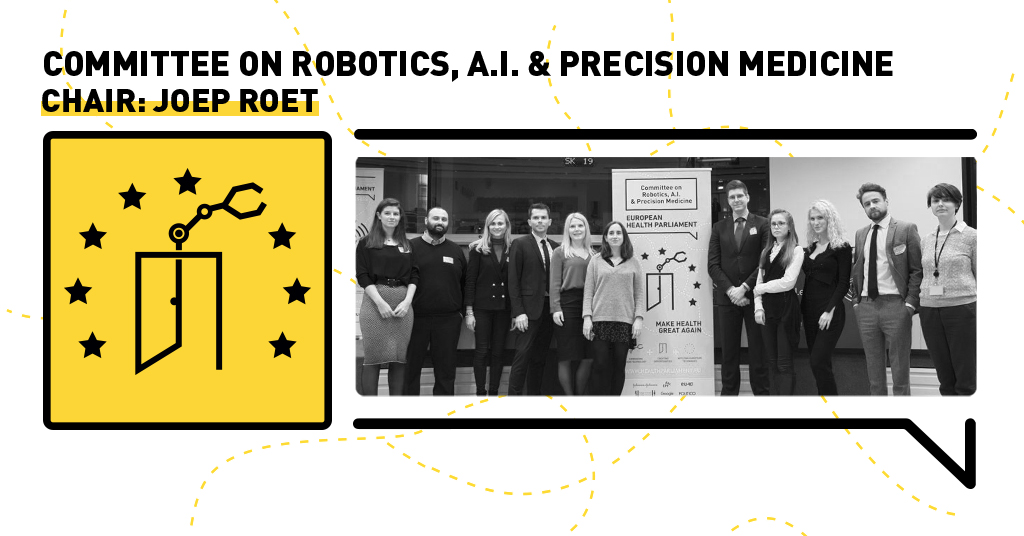January, 17, 2018
Preparing Europe for digital health
BREAKING DOWN THE BARRIERS
The Treaty on the Functioning of the European Union states that “a high level of human health protection shall be ensured in the definition and implementations of all Union policies and activities”.[1] But are the European healthcare systems really ready for the revolutionary innovation in medical technologies and treatments, which can improve treatments and save lives? What are European decision-makers doing to prepare our health systems? And are patients themselves ready for digital healthcare?
WHAT IS BEING DONE
Through a Task Force set up in February 2017, the Commission is trying to promote digital innovation for better health and care in Europe. As a first step, a public consultation on the Transformation of Health and Care in the Digital Single Market sought to collect input for a new Policy Communication, which was due to be adopted by the end of 2017. More generally, in a ground-breaking move, the European Commission, OECD and EOHSP analysed in 2017 the state of health in all EU member states, noting the need for integrated care and better patient-centred health data. Earlier, their Health at a Glance: Europe 2016 had called on the member states to further improve the adoption of digital technology in both primary care and hospitals across Europe.
On its turf, the European Parliament put forward a passionate plea for health robots in its resolution on Civil Law Rules on Robotics. The resolution looked at – among others – the liability of robots, research and innovation, ethical principles, the flow of data, standardisation, and safety. On “Medical Robots”, the resolution states that the Commission should ensure that the procedures for testing new medical robotic devices are safe, especially since the new Regulation (EU) 2017/745 on medical devices becomes applicable.
As for the Council, the quintessential digital presidency of Estonia pushed for eHealth as a way to improve European health systems. Last week’s Health Council adopted its conclusions aiming to make progress in data-driven innovation in health, including a call for investment in cross-border data-driven healthcare systems.
WHAT NEEDS TO BE DONE
Policymakers everywhere are scrambling to get Europe ready, but the question remains: “how do we get these technologies from market to patients?” The fast-paced evolution of technology continues to pose significant problems, and getting the innovation to the patient is still a challenge for all involved in health: decision makers, healthcare professionals, caregivers, payers, industry and, of course, patients themselves.
To meet these challenges, the Committee on Robotics, A.I. and Precision Medicine aims to develop a series of recommendations on how to overcome these barriers, grouped around three themes:
AVAILABILITY
If medical technologies are not available, patients cannot make use of them. On the one hand, some technologies are not available physically but remain ideas. How do we incentivise developers, companies, etc. to bring them to ‘life’? On the other hand, certain health technologies are already a reality, but they are not yet readily available due to a lack of proper infrastructure, fast internet connection, lack of standardisation across EU28, inequality at EU, national or regional level, etc. Hence the question: how do we make health technologies available?
AFFORDABILITY
If medical technologies are unaffordable, patients cannot make use of them. Current healthcare systems everywhere are under pressure given the challenges they face, including an ageing population, lack of financial resources or insufficient infrastructure. How can we keep these new technologies affordable, and how can these technologies help make health systems more efficient?
ACCEPTABILITY
If users and patients do not accept medical innovation, they will not use them. Acceptability is first and foremost a matter of trust: what happens if I use this new technology or treatment? Trust is a major hurdle because technologies that are available and affordable will not help people if they are not used. The General Data Protection Regulation will enter into force in May 2018, allowing for a better protection of personal data, including health data. Will these new rules be enough to ensure that patients trust medical technologies?
The barriers that hinder the access of patients to much-needed medical technologies and treatments must be tackled at every possible level in the European Union. Within the framework of criteria listed above, the Committee on Robotics, A.I. and Precision Medicine will dedicate the next few months to research and interviews to develop policy recommendations that bring medical technologies and treatments from market to patients.
#MakeHealthGreatAgain
[1] Consolidated Version of the Treaty on the Functioning of the European Union, Title XIV: Public Health, Article 168, p. 122, available here.





